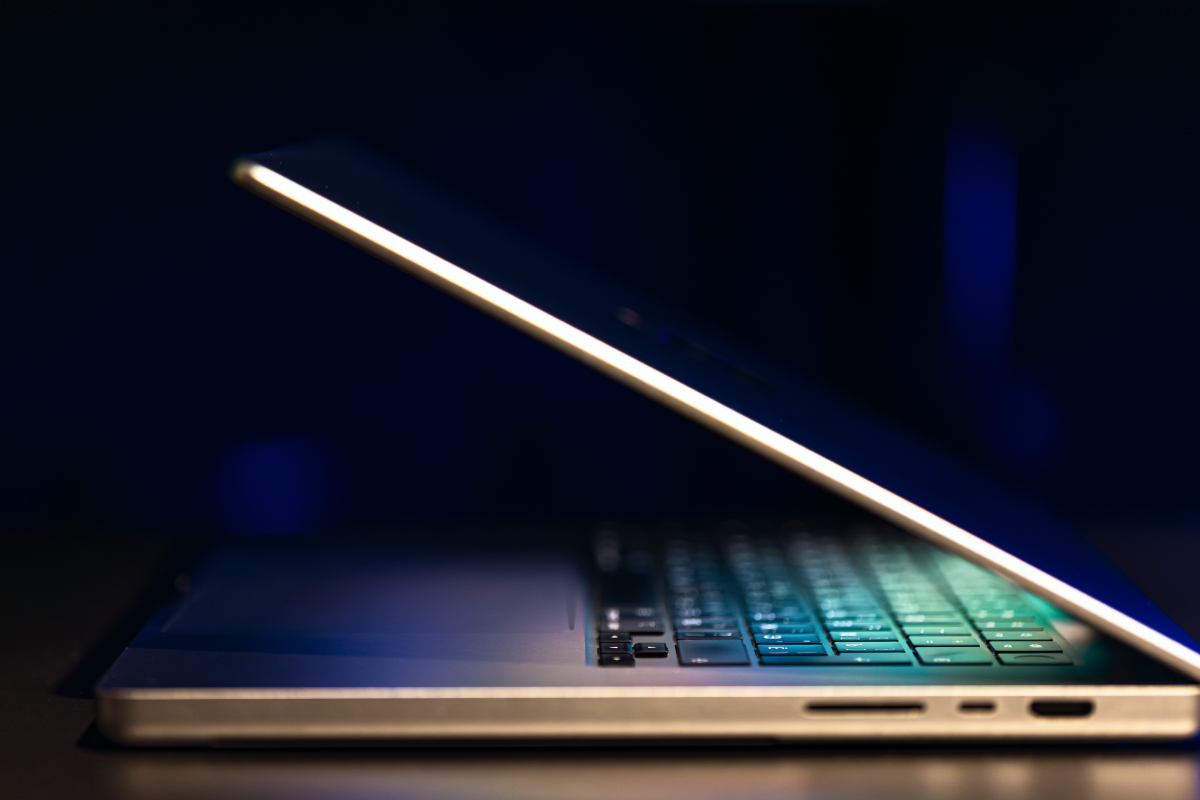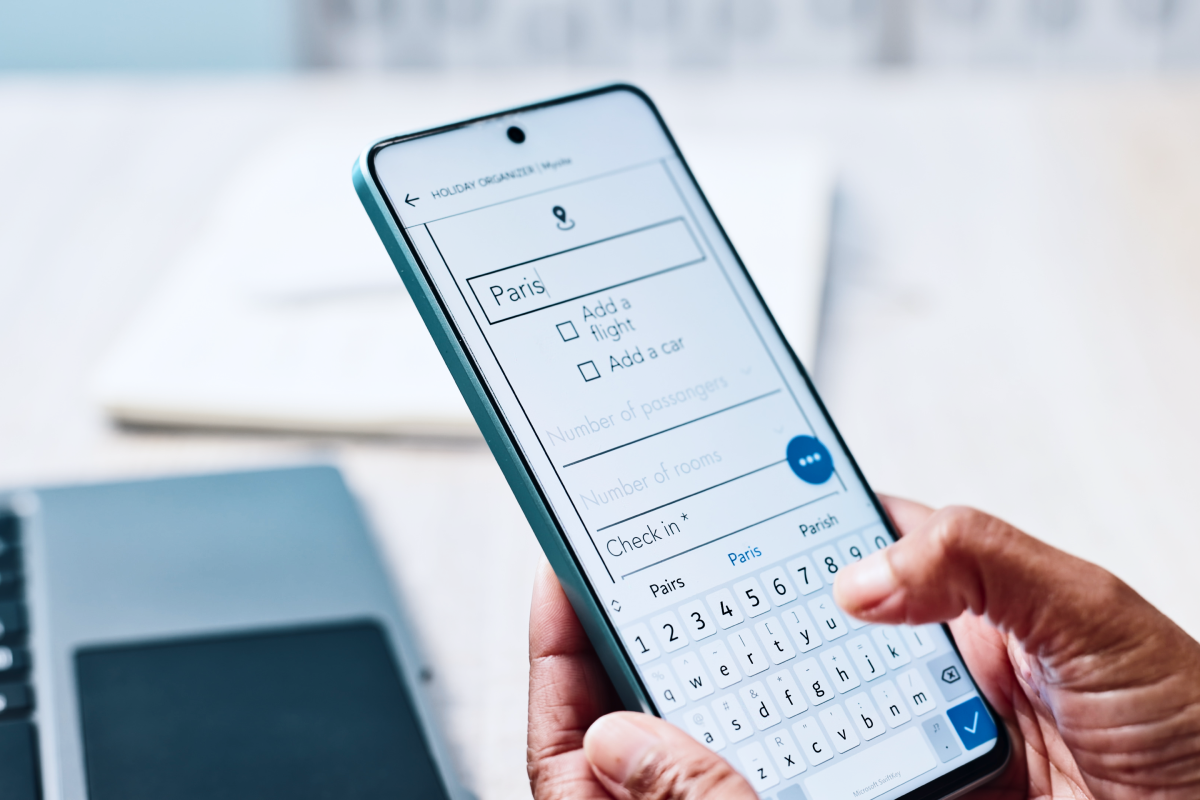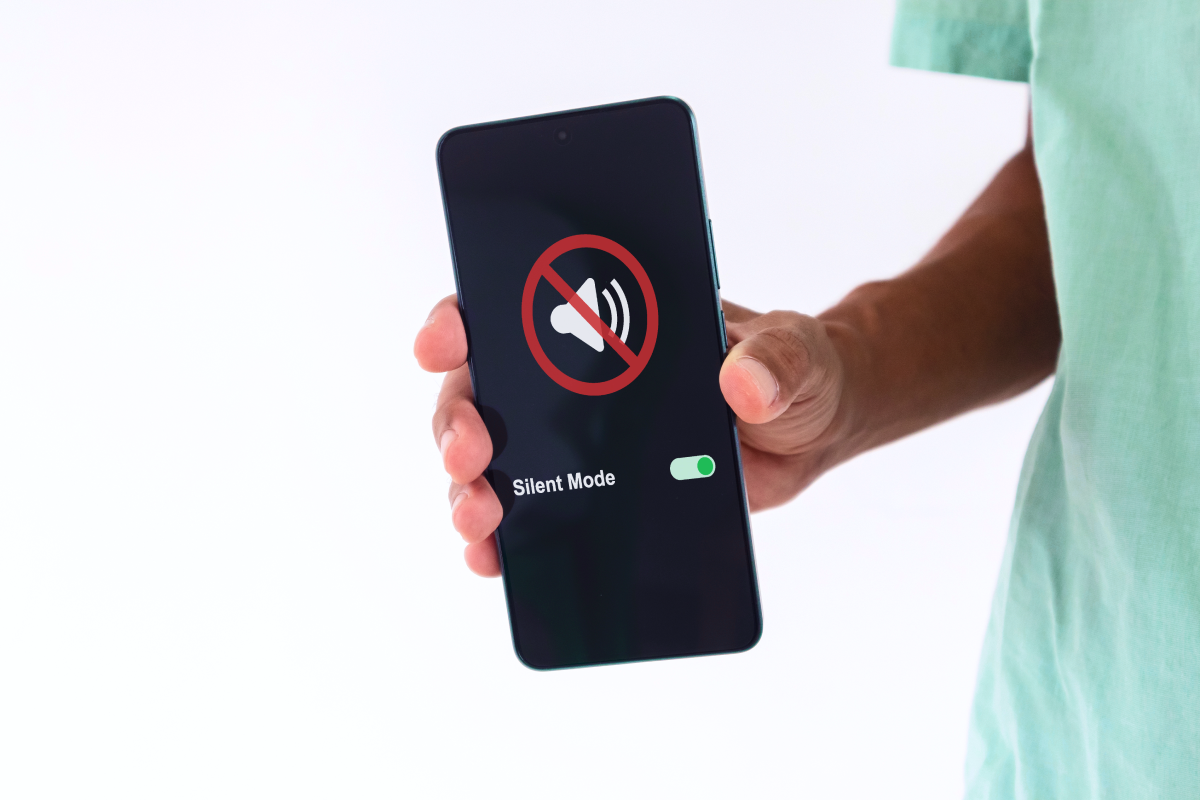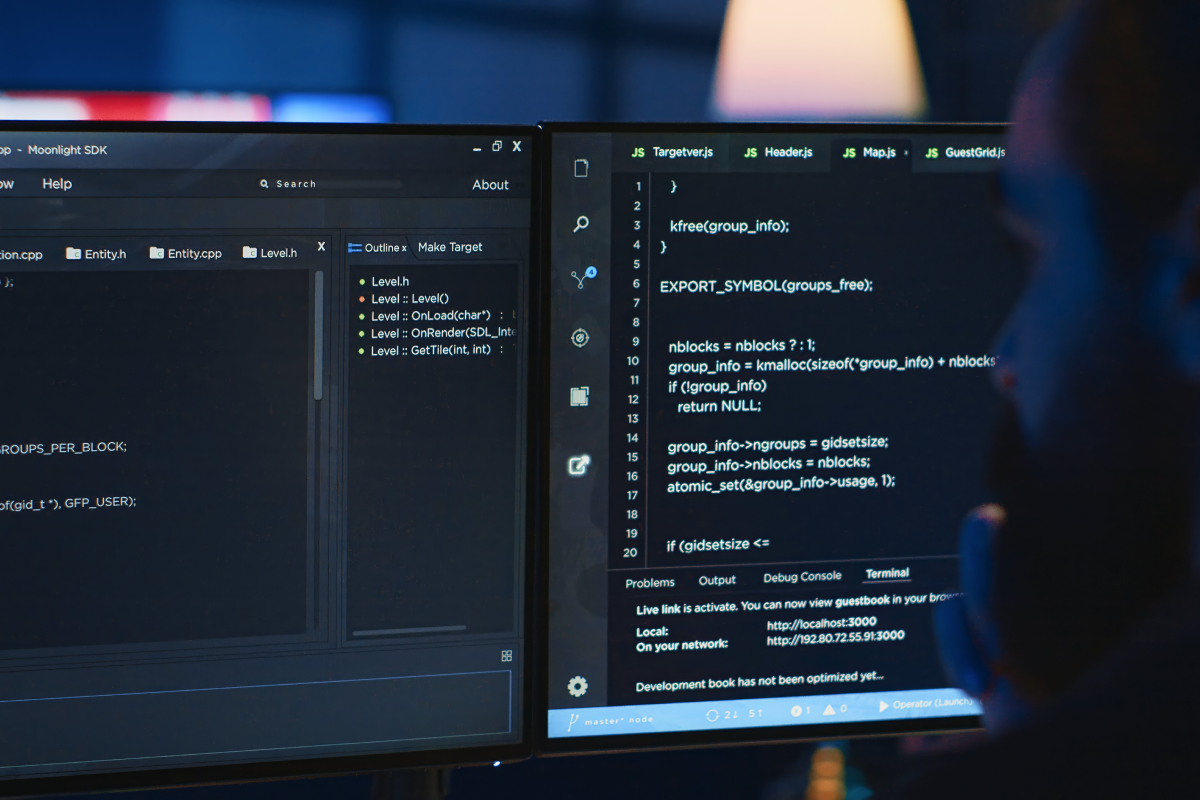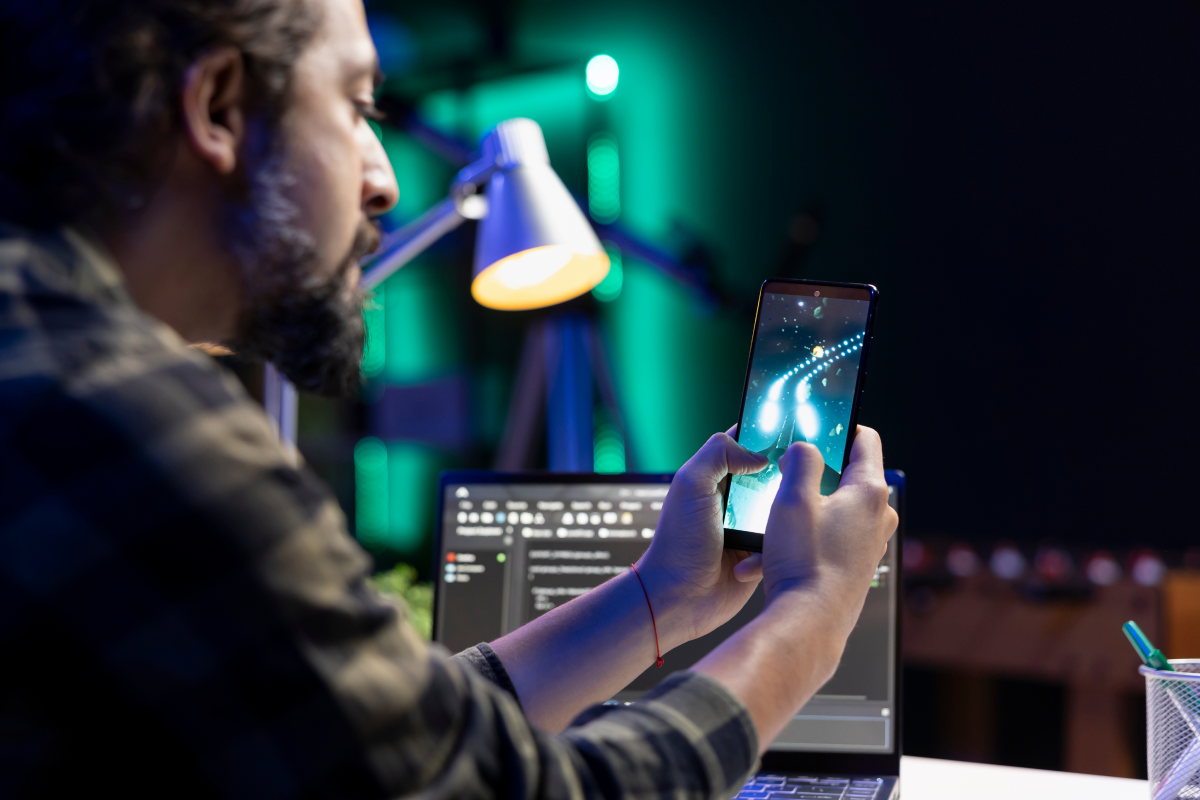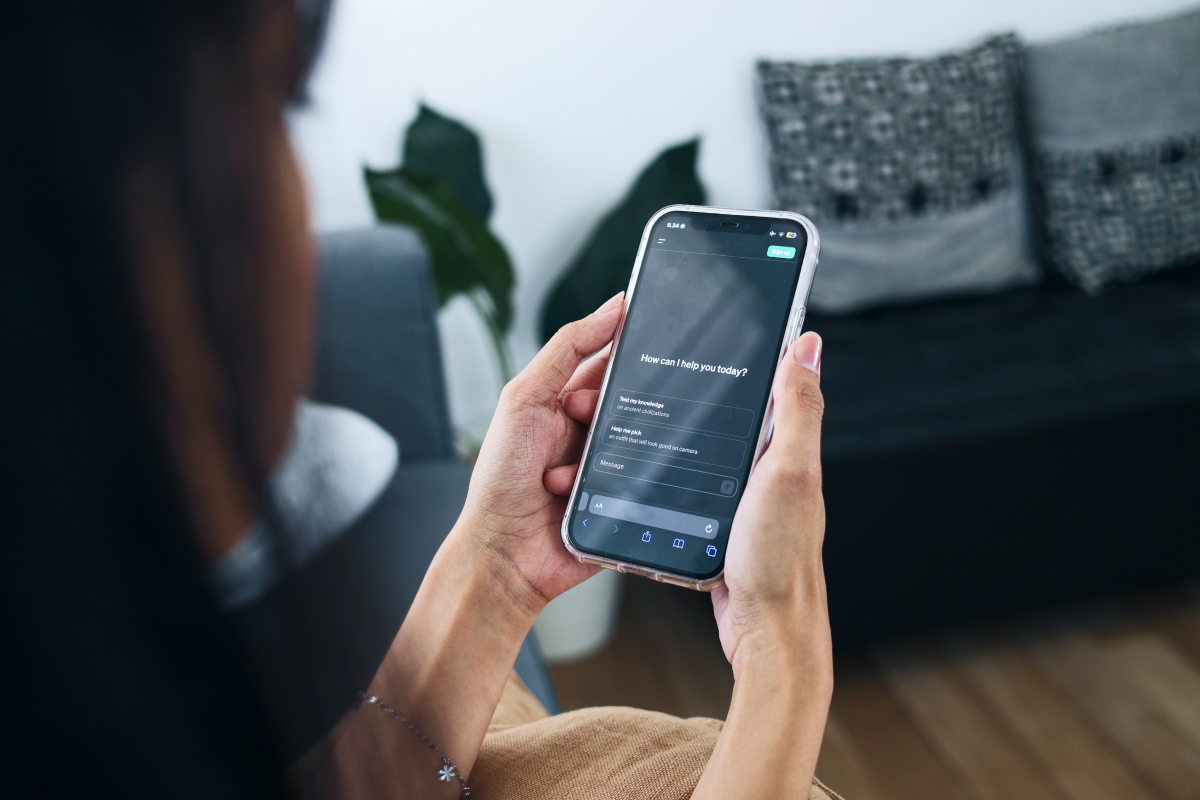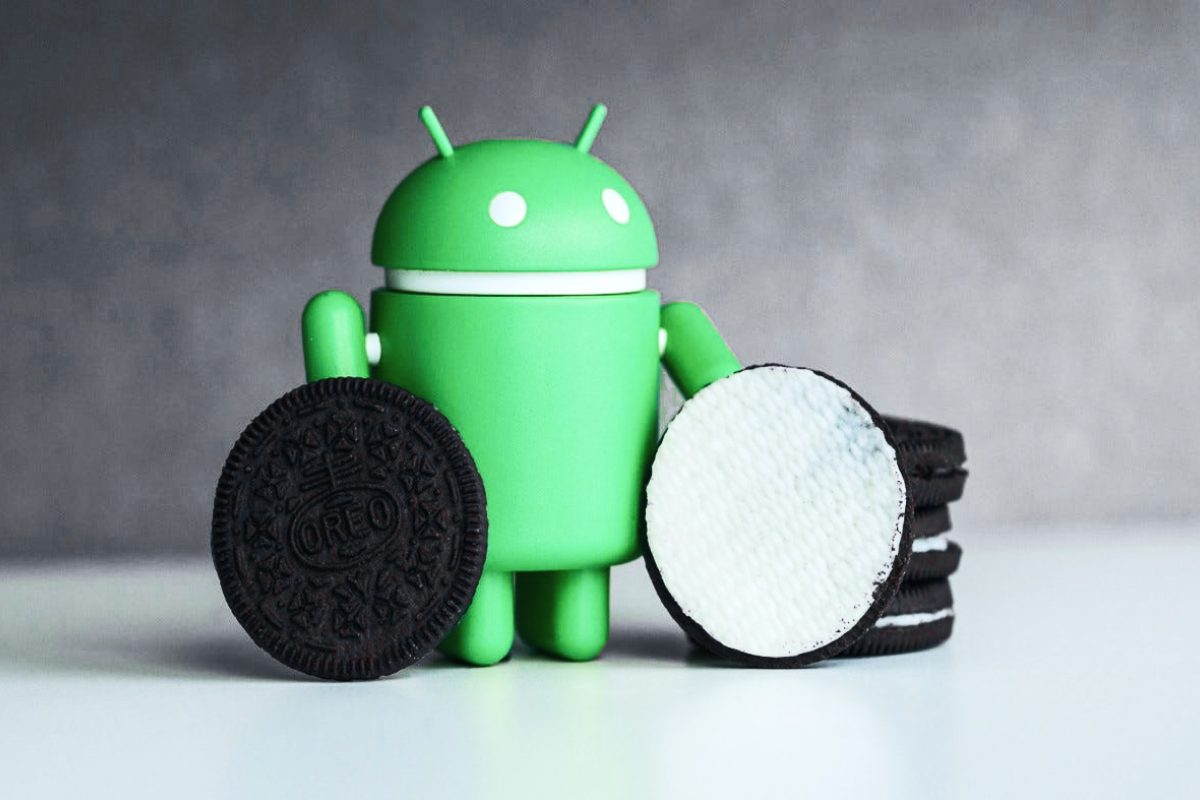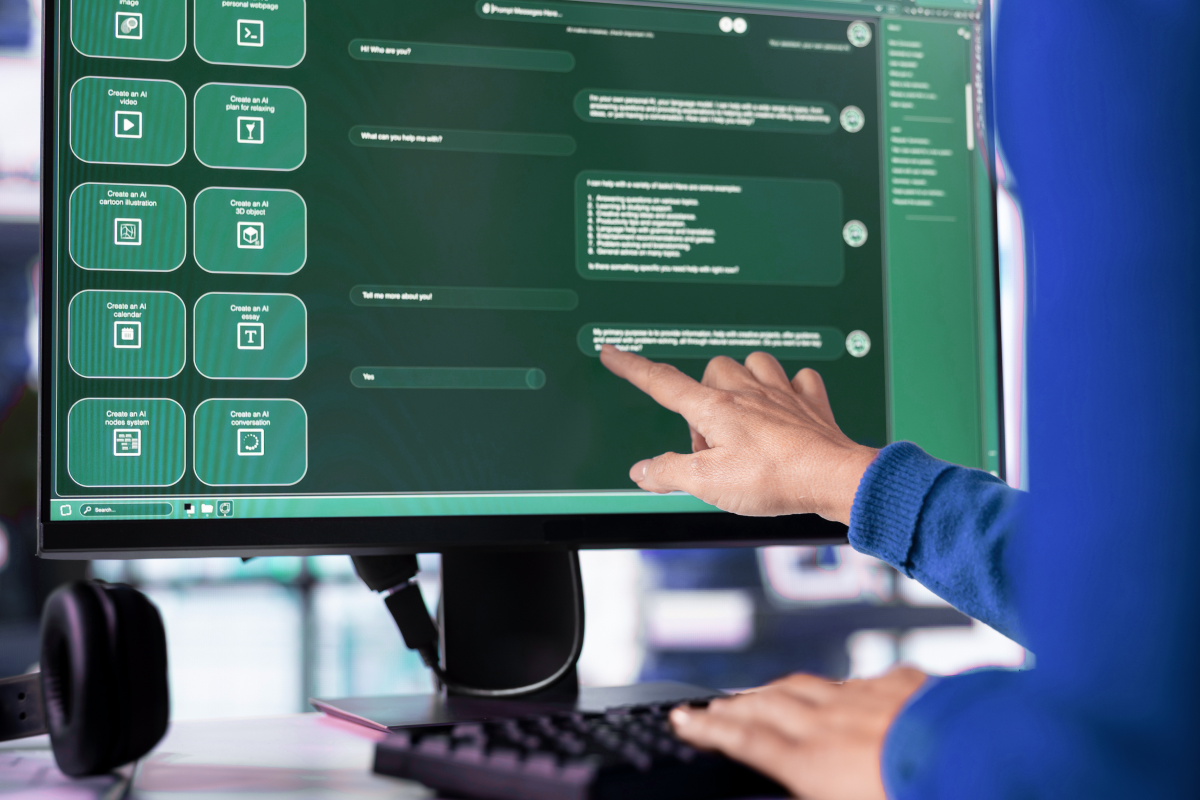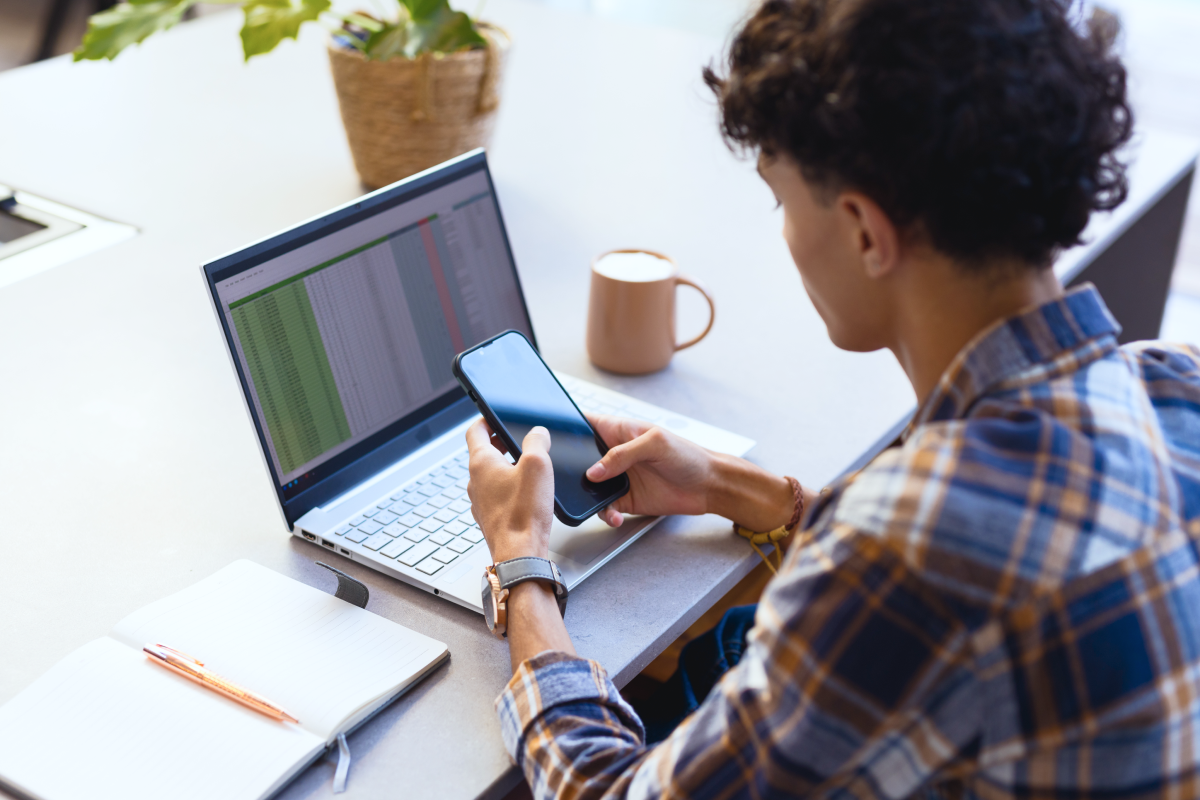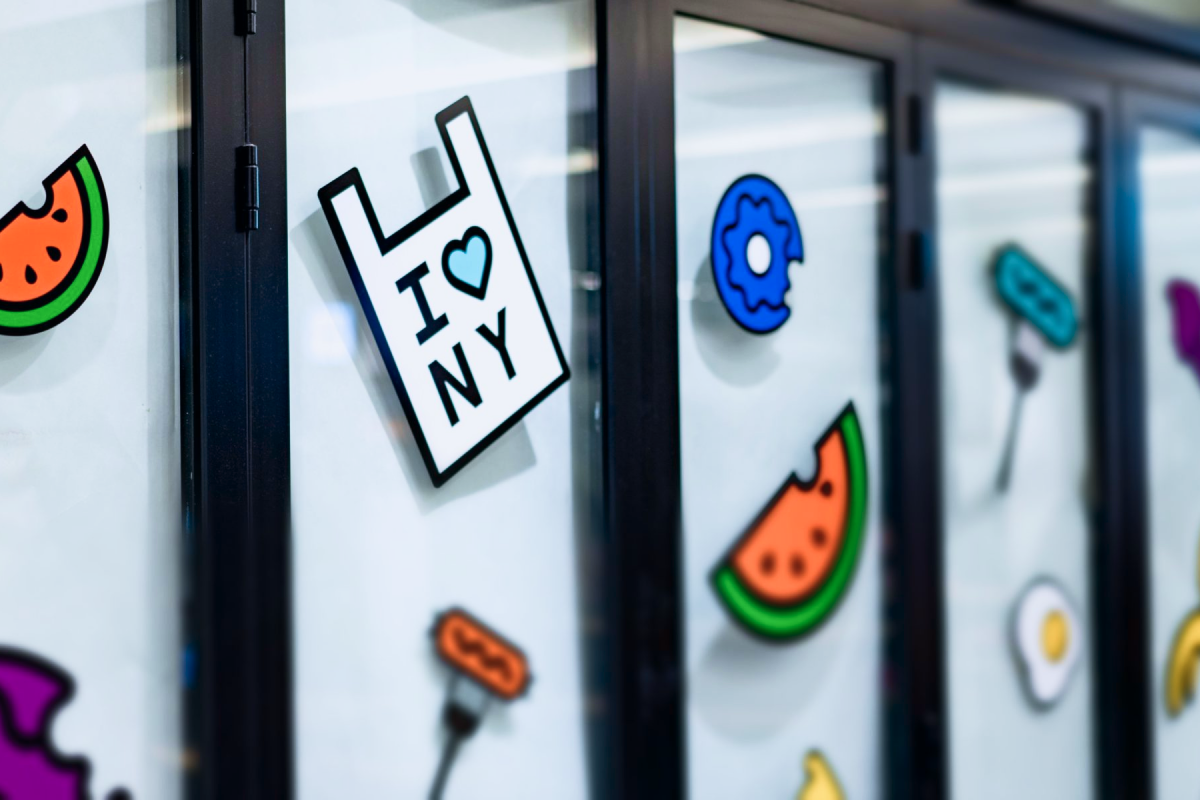Are you ready to release a great application? A lot of work is done, you’ve invested plenty of time and energy into it; the design teams developed and presented a design concept. What else should you think about before the target audience meets the product?
First of all, it’s a great practice to validate your app idea before you start working on it. Secondly, it is important to check if your new app has an intuitive design and will satisfy the users—no matter who they are. How can you discover it? To get accurate and veridical data, you should know how to conduct usability testing, which helps to determine the weak points of the app and improve them according to the feedback of real people.
You can say that it’s the main task of a designer to come up with a user-friendly design, and you’d be right. But more often, it is better to ask for feedback from end-users than relying on your preconceived notions of what makes good UX.
At Uptech, we conduct usability tests to obtain information on how potential users will interact with the product and provide clients with a deep analysis of their audience’s preferences.
So, what is the purpose of a usability test?
Usability testing is an essential part of developing an app. With the help of this technique, you can understand what users like and dislike while they’re interacting with the app.
The good news is that conducting usability testing is easy. Even limited tests of up to five users were found to prevent over 85% of UX issues. You need a paper prototype and at least a couple of potential users to get started.

Why we conduct usability testing for our clients
At Uptech, we believe in testing and using different approaches to gather data.
One of the most efficient methods is called ‘rapid prototyping’. It requires a low-fidelity paper prototype and iterative testing. When testing with minimum design, we gather the whole team and draw as many different variations as possible. Each member of the team then votes for the idea he or she liked best. Based on the voting, we combine the selected options and create a pre-final version of the prototype. If any part of the prototype doesn’t work during user testing, we take out our drafts and consider other ideas.
For example, it’s a paper prototype for our client. We created versions of a landing page and a mobile app, where users can order their products.

We try to incorporate usability testing into every stage of the product development to get comprehensive data on the user’s experience and outline possible solutions for improving the product. Before testing, we are looking for people for interviews via Facebook ads, social networks, and ask colleagues. Besides, we involve stakeholders, PMs, developers, and QAs in the process so that they could get a deeper understanding of the product and see how real users expect it should work.
It is paramount for us to get a proper understanding of the user’s experience. That’s why we combine usability testing with other research methods: in-depth interviews, card sorting, desirability studies, etc. By approaching usability testing as a cohesive process, we get data on the app’s UX that we wouldn’t be able to get until the app is released into the wild.
How we conduct usability testing
But how exactly do we get invaluable notes on our product’s interface? When you communicate with your target audience, your first step is to decide on what type of usability testing you’re going to use.
At Uptech, we usually prefer to take advantage of the moderated usability testing technique. Moderated usability testing requires a moderator—someone who has expert knowledge of the product and its target audience. A moderator takes an active part in the testing process, informing the users about the final goal and guiding them through interactions.
The moderator’s goal is to observe and register the user's behavior in real-time. The testing usually takes place in a UX lab or an office, but under certain circumstances, we run a session with the users remotely. The best time for the moderated tests is earlier in the design process of the product to prevent your team from implementing things that don’t work.
So what’s the actual process we use at Uptech?
We start with a bit of warming up to create a friendly atmosphere for all participants of the testing. The team gets acquainted with the users and asks them some introductory questions (this also helps to fill in the blanks when you analyze the data later). After that, someone on the team describes a general outline of the testing process and its rules, and the moderator is introduced.

The testing starts when we give users a task with a specific end goal. Importantly, no instructions on how to achieve the end goal are provided — the users need to find the solution on their own.
As an example, the user will need to buy travel insurance via a step-by-step wizard in the app’s prototype. When we provide tasks like this to the participants, we’re able to see what the user pays attention to, how difficult it is for them to parse the app’s interface, and how long it takes to achieve the goal.
If the user takes too long or gets confused, you’ve found a problem. That’s why we always encourage our participants to talk out loud, not be afraid to express their emotions and thoughts and refer to the moderator in case they have any questions. This openness is the only way to get an accurate understanding of how the user thinks and how they navigate your product.
Finally, we gather the results of the testing and ask the participants to summarize their general experience using the prototype. This data is then shared with the rest of the design team for further discussion and implementation.
Are there any other methods of usability testing?
There are a lot of different methods to reveal UX issues — what makes sense for you depends on your purpose. Unmoderated usability testing takes less time than the moderated one and doesn’t require a special environment for conducting.
With this process, the users can interact with the product at any place. Unmoderated testing works for collecting quantitative data, which requires a large user base, or if you have a tight deadline and budget. However, if you want to get deep insights into the user’s experience, it’s always better to invest in moderated testing.

How Usability Testing Saved Our Client $50,000
To understand all the benefits of usability testing, let us share the experience of working on the Carbon Club project (an environmental startup that helps users reduce their negative impact on the planet). We’re going to show how validating the idea and using the Design Sprint helped the team save upwards of $50,000.
Our team started with in-depth research to build out a clear understanding of the product and its background. We interviewed the Carbon Club’s stakeholders and got to know their vision of the product, learned more about the company’s startup background, their target audience, and the business model.
While we did this, we also explored the market and analyzed Carbon Club’s competitors. This helped us design a Persona Profile, the Value Proposition Canvas and the Business Model Canvas for the project.
After the data was gathered, we offered to conduct a proper Design Sprint to determine potential issues with the app’s design. We started a Design Sprint workshop, where members of both teams brainstormed to determine the long-term goals of the project and built various prototypes for further usability testing.

Conducting usability testing allowed us to find out how the users interacted with the product and what they paid attention to—and why they didn’t. We offered users two concepts: 1) to select the charity, receive a personal virtual pet and connect their bank account for monitoring their carbon footprint based on the purchases they make; 2) to pass a quiz about their living and calculate their carbon footprint. The result was that 100% of users chose the quiz because they cared about their privacy and security. It helped us discover that it doesn’t make sense to connect the Open Bank API in the first version of the product, people won’t use it. Thus, we saved the Carbon Club both time and money (the unnecessary features’ development was later estimated and it would have cost around $50,000).

Summary
Usability testing plays a pivotal role in the success of your product. It allows detecting interface issues at the beginning of the project’s development and fixing them before the release of the app.
It doesn’t matter if you’re launching an app, a website or some other project. User feedback is an invaluable resource that helps you improve the overall experience of interacting with your product. The benefits of usability testing are indisputable.
At Uptech, we are ready to conduct usability testing on your behalf, in line with your purposes and requirements. When you know how the user is going to interact with your app, you will be able to focus on what will satisfy their needs — and drop the rest.














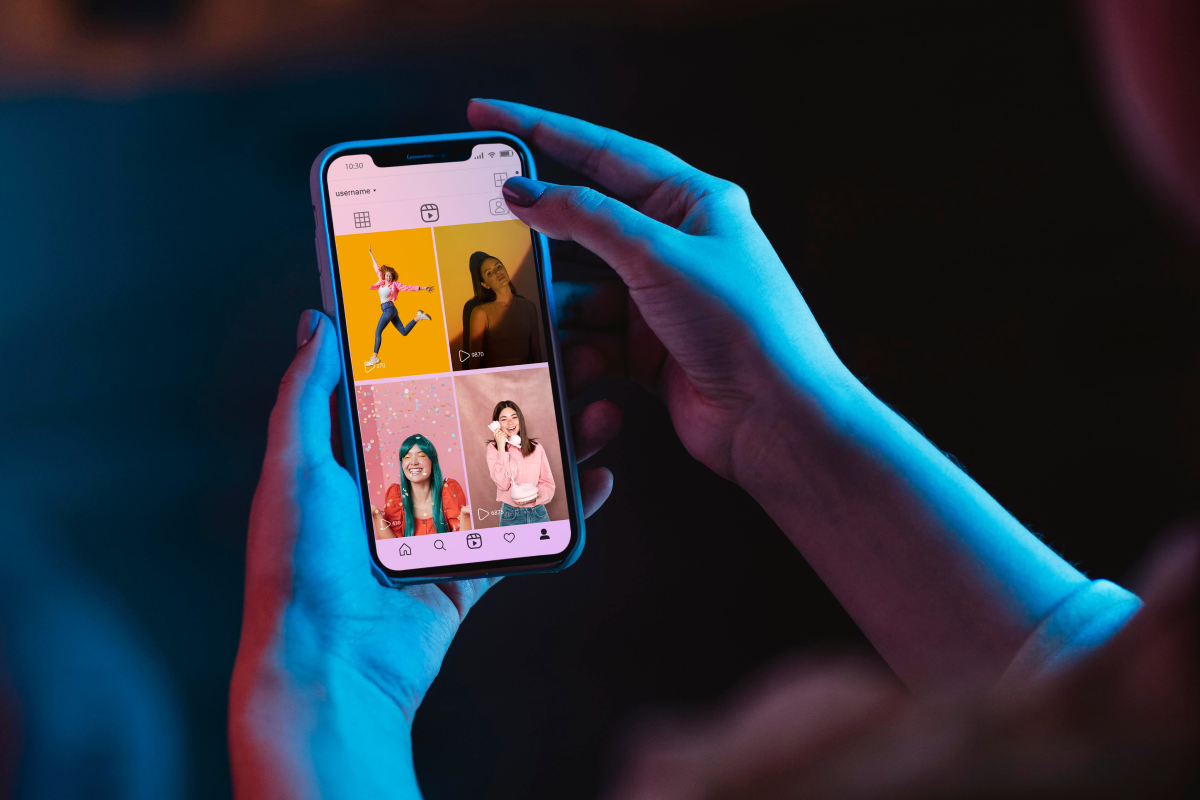


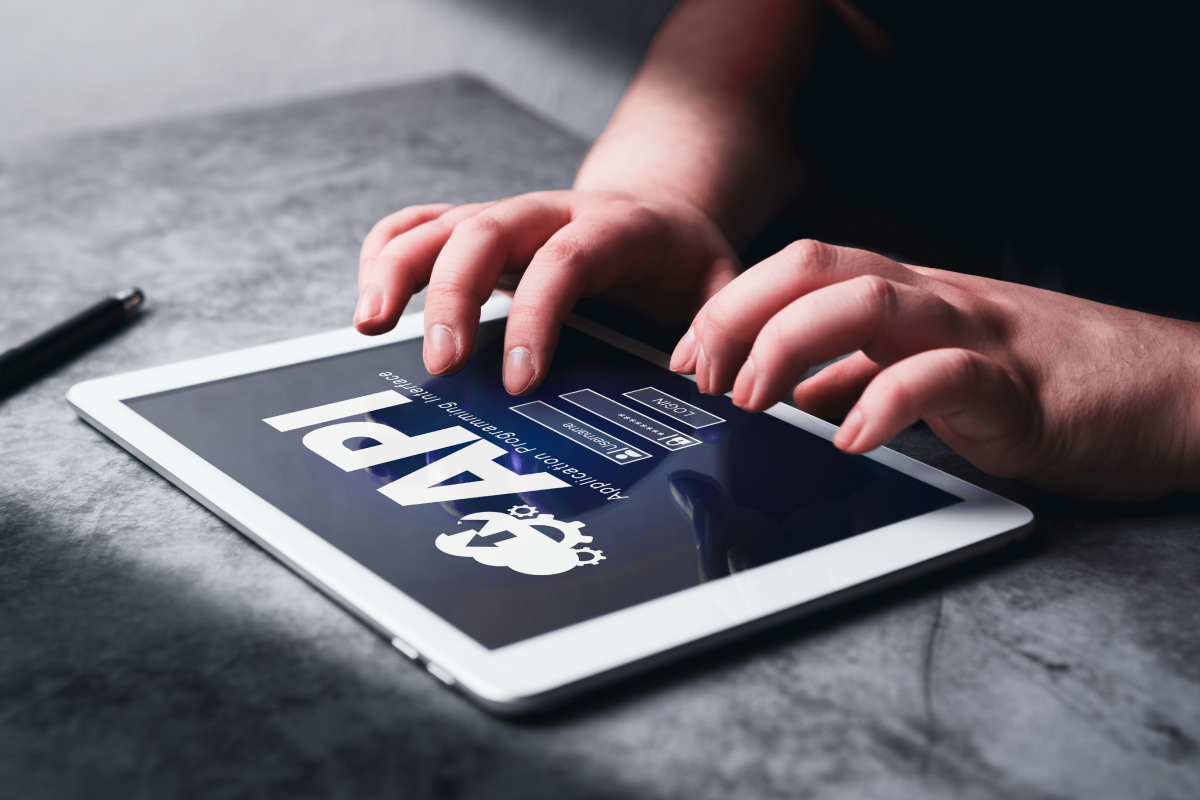














.avif)


